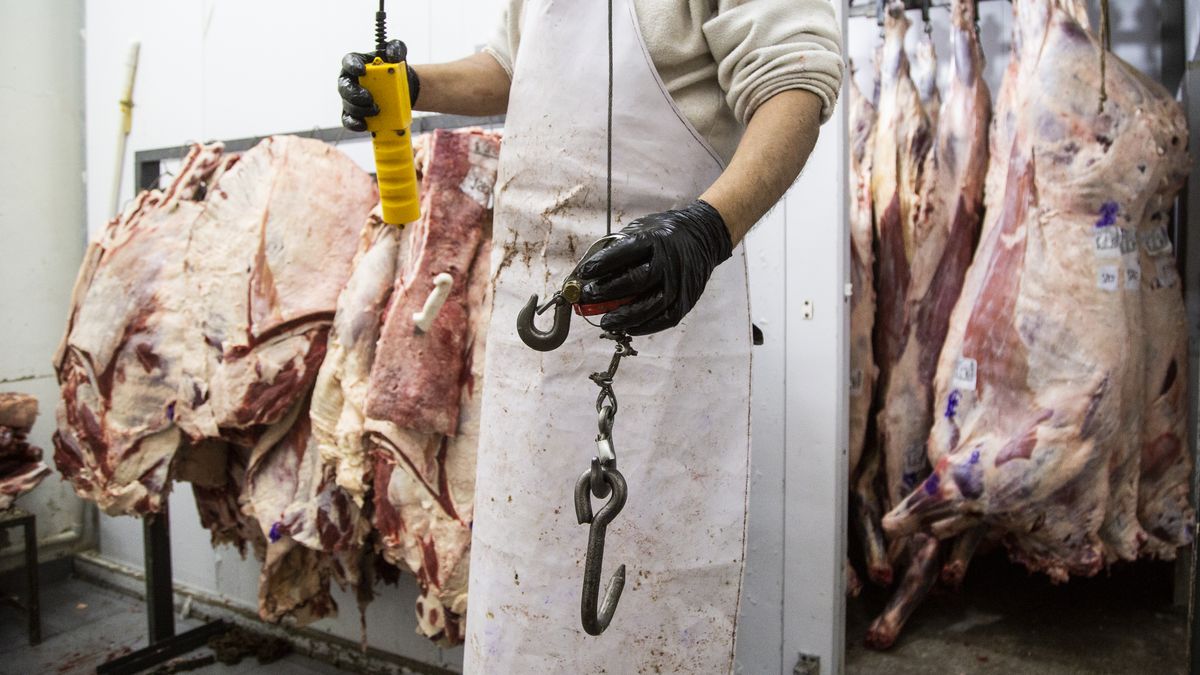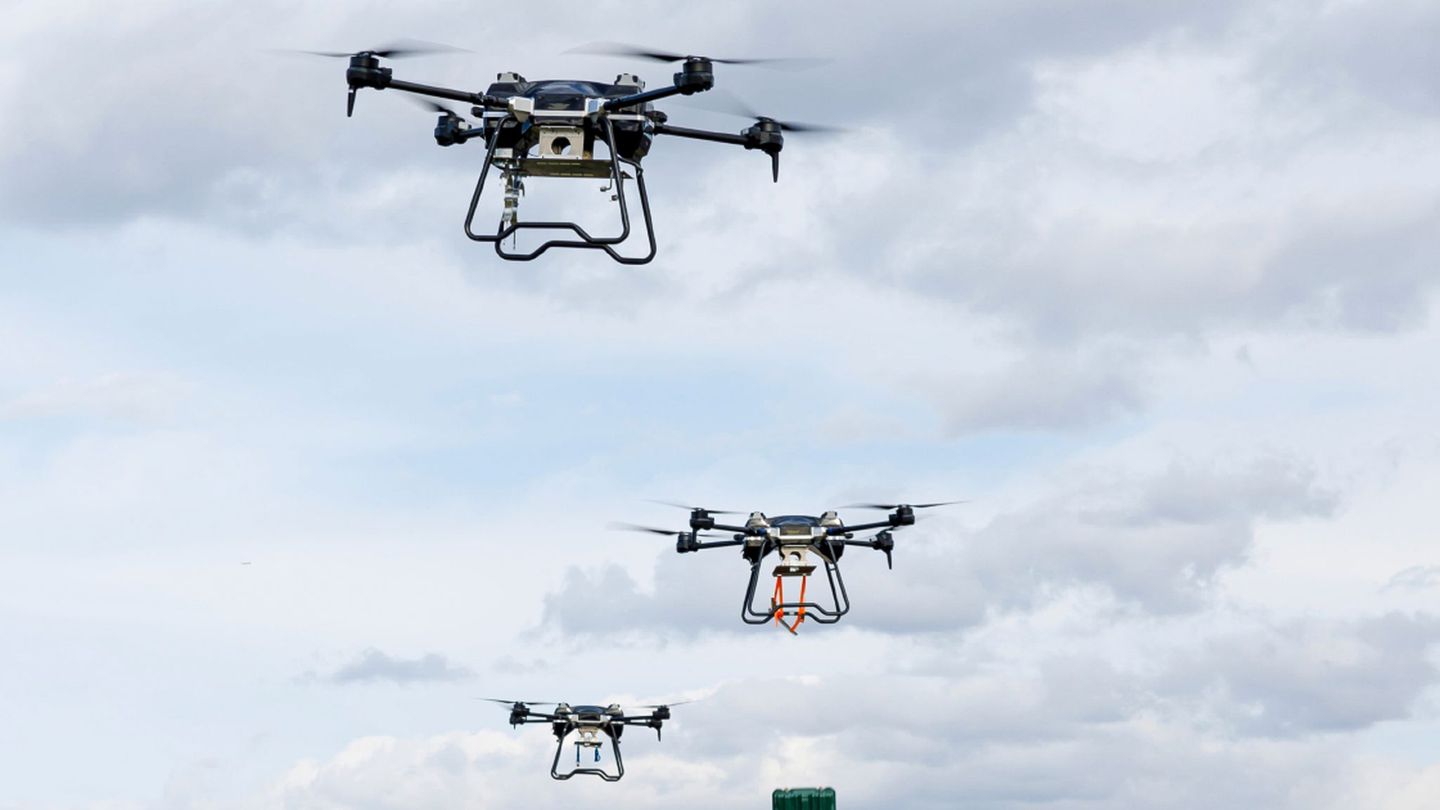From this scenario, the focus of attention, logically, is on prices. As background, according to the latest survey of the IPCVA, in January beef rose 2.5% compared to the previous month, also marking a year-on-year increase of 54.8%. These increases that reached their peak last December when the product had a monthly increase of more than 10%, are the great concern of the Government that seeks to contain the values in the gondolas, limiting the exports of seven cuts of popular consumption and also specifying agreements with refrigerators and supermarkets.
The truth is that for now there would be no immediate concern regarding an accelerated escalation in meat prices from the drought and this is how they explain it from Rosgan: “However, despite this shortage, the values paid for this light property for consumption do not seem to react accordingly. The values paid for the young bull or light heifer in Liniers, although they seem to show firmness in the face of the lack of supply, barely follow the 3.8% inflation expected for the month, going from $255 to $260 pesos per kilo to current maximums in around $270. It happens that the weakness of purchase that the consumer continues to accuse, makes these adjustments become very difficult to transfer to the counters”.
In any case, not everything has been said and the Rosgan warns “However, the magnitude of the supply shortage that ends up taking shape in the coming months will be decisive when transferring these adjustments to prices and testing the new equilibrium relationship that it is willing to validate. the consumer”.
For the time being, no significant rains are expected in the north of Argentina in the medium term and something similar is happening with other key livestock regions. That is why the forecasts already anticipate greater pressure for a sector that comes with several drawbacks, where in turn the rise in the price of corn continues to reduce profitability.
Another key fact to keep in mind is that China, the main buyer of beef from Argentina, continues to leverage world demand and international prices already show a year-on-year increase of 60%. Although the exports of the seven cuts of domestic consumption in Argentina are restricted, the international rises of the product also become a source of tension behind closed doors.
Source: Ambito
David William is a talented author who has made a name for himself in the world of writing. He is a professional author who writes on a wide range of topics, from general interest to opinion news. David is currently working as a writer at 24 hours worlds where he brings his unique perspective and in-depth research to his articles, making them both informative and engaging.




